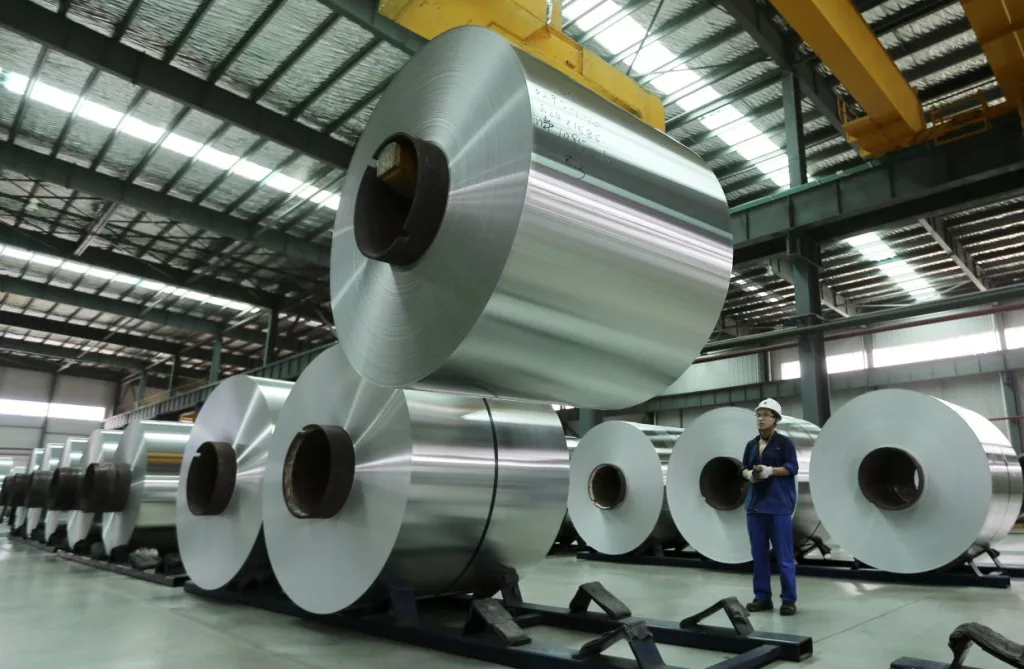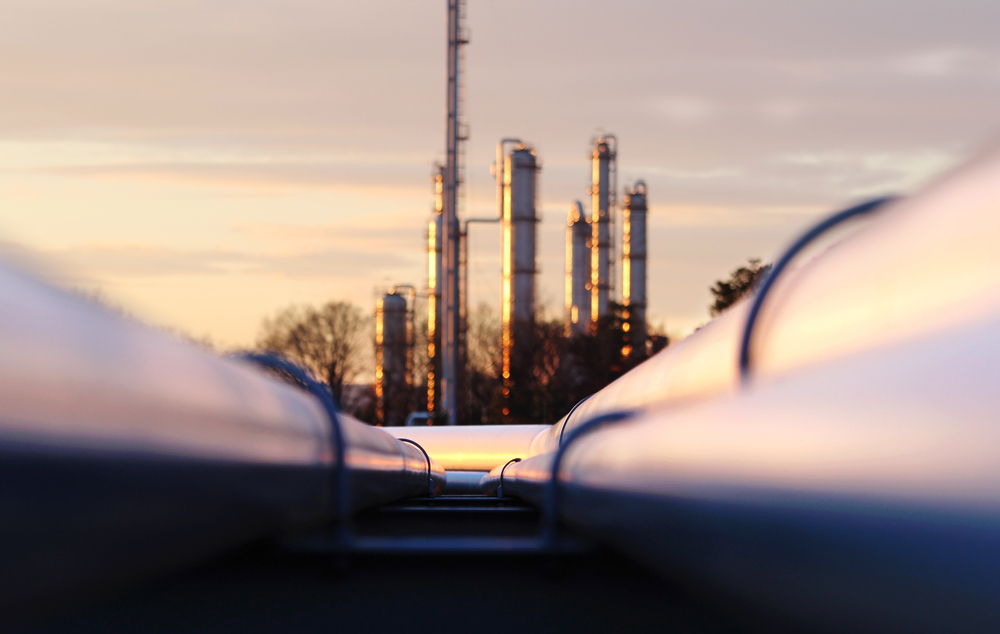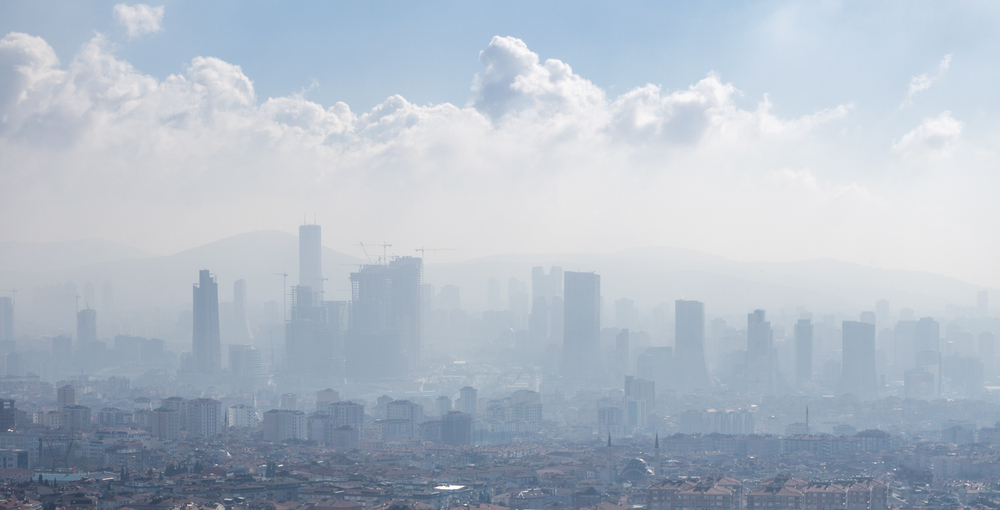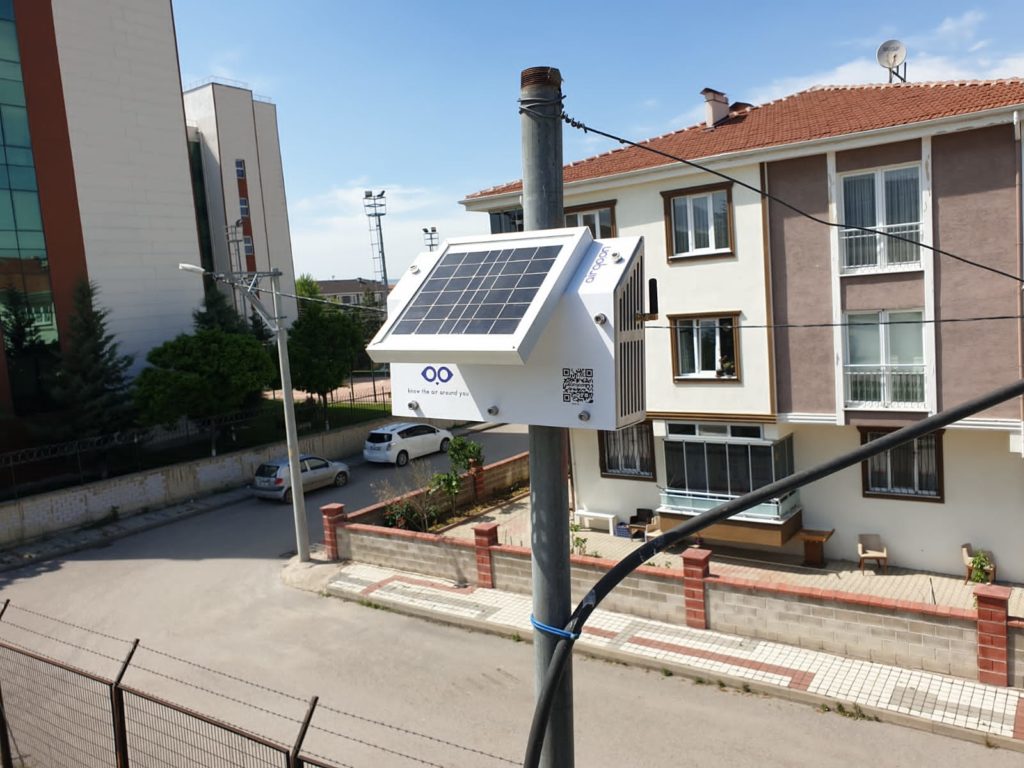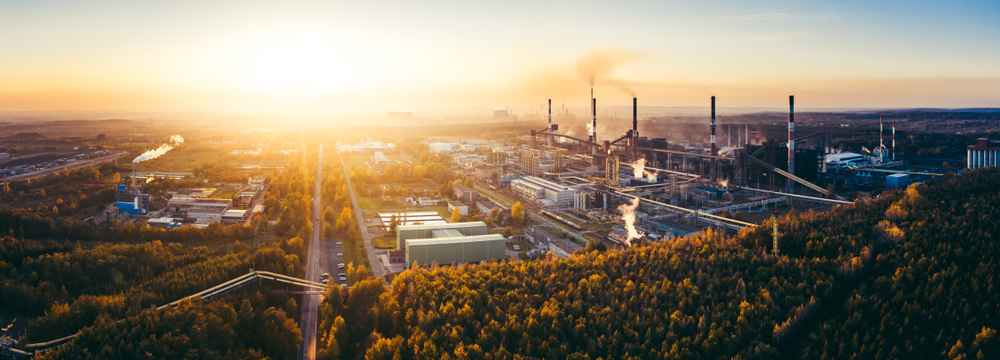
Environmental monitoring is on the eve of transformation that gains pace with the adverse effects of the climate crisis that all humankind witnesses. Day after day, we have seen a change in requirements for environmental monitoring. Now, more industries need to monitor their environment, and many of them select to use low-cost and reliable gas and Particulate Matter (PM) sensors with proper communication and cloud back-end instead of spending thousands of dollars on a bulky regulatory monitor.
From its first day, the main goal of airqoon has been to transform continuous environmental monitoring into a scalable and accessible way to help companies and local authorities to understand the air around them and to come up with policies/solutions depending on the measurement campaign.
By following our fundamental goal, we met with scientists, academicians, and critical people from related industries to design and manufacture a sensor that fits the requirements of today.

FLGAS-01 is proposed to measure gaseous pollutants indoors and outdoors as a sensor framework (fluorescence light). It is offered with low energy consumption, a competitive price tag, near reference accuracy, and ease of maintenance.
Due to its measurement characteristics
- No drift in a short period – no degradation in its measurement accuracy
- Comparable with regulatory monitor performance
- No effect of ambient conditions (temperature & humidity) on the output signal
- Low cost
- Low energy consumption
We will start testing the first batch with new sensor units in Q3 2024.
If you would like to learn more, feel free to contact us.
